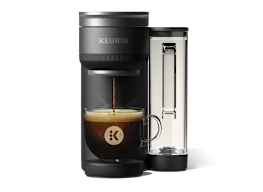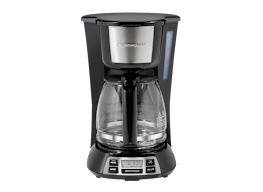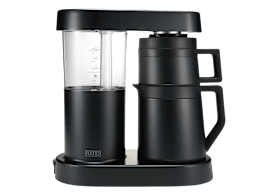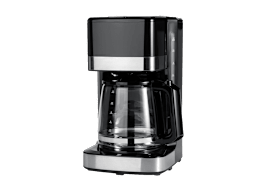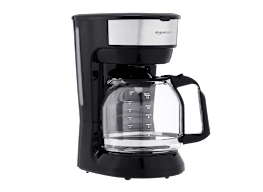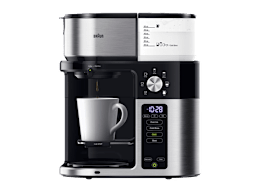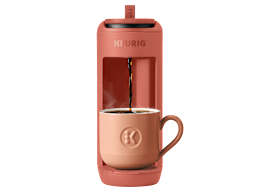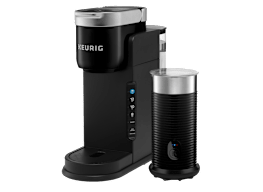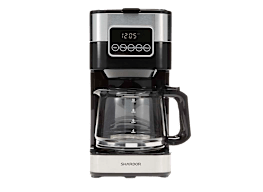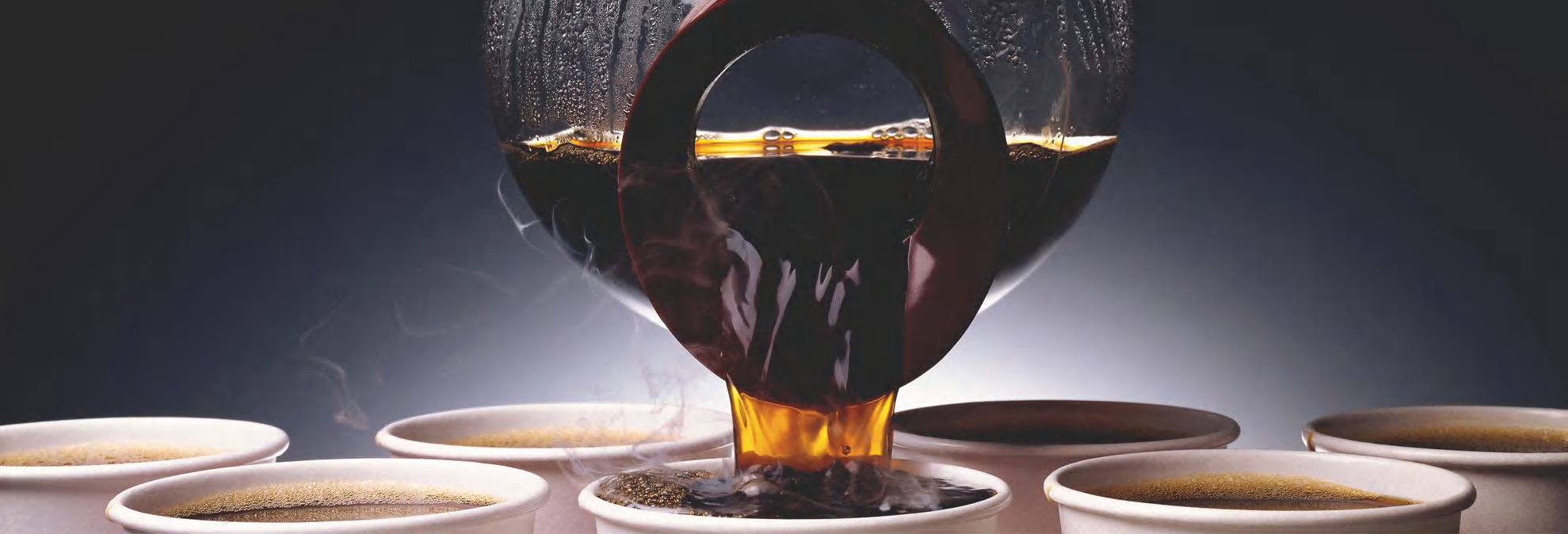
Coffee Maker Buying Guide
Home & Kitchen Writer
If you’re a coffee drinker, you may be very particular about the taste you prefer and how you take your coffee. Or maybe you’re the type of coffee lover who embraces brews of all kinds. Either way, one thing is a given: It’s important to start with a good coffee maker.
Consumer Reports currently rates more than 150 coffee makers based on independent tests we do in our coffee maker lab. Each model is rated based on a variety of metrics and given an Overall Score.
So what kind of coffee maker is right for you? The answer boils down to your preferred styles of coffee, how many cups your household consumes at a time, and the features you’re willing to pay for. Below, we cover what to consider before you buy a coffee maker and explain what to expect from the best machines, whether they’re drip coffee makers, single-serve machines, cold-brew coffee makers, or dual coffee makers. Our coffee maker ratings and reliability page can help you narrow down your choices to the models that offer the level of performance and reliability that matter most to you.
What Should You Look for When Buying a Coffee Maker?
Coffee makers come in a variety of types and styles, but there are a handful of questions you can ask yourself that apply to any kind of coffee maker you’re considering. Generally speaking, the more features a coffee maker has, the more it will cost. But certain features, like programmability, have become so commonplace that they’re available on almost every coffee maker model. And while certain features can be tempting, depending on how you take your coffee, you might not need them.
So here’s what to consider:
How Much Coffee Do You Drink?
If you drink only one or two cups per day, a single-serve model or a one- to two-cup drip model may be the right fit. But if you tend to drink more than that or you’re in a household with more than one coffee drinker, a larger automatic drip machine might suit you better. Most large models brew 10 to 14 cups, although typically, when drip coffee makers refer to cups of coffee, their “cup” is only 5 to 6 ounces, not a full 8 ounces.
How Often Do You Drink Coffee?
Most drip coffee makers have a hotplate that keeps coffee hot in a glass carafe. But that constant heat may have a negative affect on your coffee’s flavor. And because the hotplate usually shuts off after a given amount of time, you may find yourself switching it back on often.
If you drink coffee over the course of several hours, you might consider buying a model with a thermal or insulated carafe designed to help keep coffee hot and fresh-tasting for hours. (One note: Thermal carafes aren’t perfect. Our testers say they tend to dribble and can sometimes be difficult to handle.) A self-serve drip model that can keep coffee hot in a reservoir is also an option.
Want to Program Your Coffee Maker?
If the best part of waking up is the smell of coffee wafting from your kitchen, consider buying a programmable coffee maker. You can set it up the night before and schedule it to brew a fresh pot by the time your morning alarm goes off. Most drip coffee makers these days are programmable, but if this is a feature you definitely want, double-check to make sure the model you buy has it.
How Much Space Will Your Coffee Maker Need?
Take into account the height of the coffee maker, as well as its width and depth. All of the coffee machines in CR’s tests can fit on a countertop beneath standard upper cabinets. But depending on the height of the coffee maker and how it’s filled, you may need to pull some machines out from under your cabinets to set up the filter and fill the water reservoir.
What’s Your Budget?
Here’s some good news: Our tests have found that you can easily brew a great cup of coffee with a coffee maker that costs less than $100. And a few good models fall under $50. Once you hit $200, you’ll start seeing higher-quality materials and finishes like stainless steel, as well as an interactive display, a built-in grinder, and other bells and whistles.
Do You Like Your Coffee Cold?
Certain drip and pod models offer “brew over ice” and cold-brew modes, which let you whip up a cup in 15 minutes or less. But these modes—along with automatic cold-brew coffee makers—tend to serve up something that’s more lukewarm than ice-cold. If you’re looking for true cold-brew, which takes between 12 and 48 hours to make (depending on your preferred strength), consider a manual cold-brew coffee maker.
Will the Coffee Maker Last?
Before you settle on a coffee maker, consult our guide to the most reliable coffee maker brands, which uses predicted reliability and owner satisfaction data collected from thousands of CR members to zero in on the best-liked and most durable coffee maker brands.
CR shows you how to find good coffee to make at home.
How CR Tests Coffee Makers
We test all of the coffee makers that come through our lab for baseline performance, such as how easy they are to fill, how intuitive their controls are, and how easy they are to clean. We also do specific tests based on the type of coffee maker.
Coffee maker manufacturers also receive scores for predicted reliability and owner satisfaction, which are based on data from CR member surveys. Those ratings factor into each model’s Overall Score. You’ll find all the details in our coffee maker ratings of almost 150 models.
To rate drip coffee makers, we conduct a brew performance test to measure the brew temperature and contact time (how long the water stays within the sweet spot of 195° to 205° F for brewing). That’s important because it determines how the coffee tastes once it’s brewed. We also measure the concentration of the brewed coffee to see how weak or strong it is. And we assess the ease of filling the water reservoir, placing the filter, and gauging the amount of coffee remaining.
To rate single-serve pod coffee makers, our engineers evaluate the temperature and size consistency of individual cups of coffee, as well as how fast each model turns out a first cup and subsequent cups. We also assess how easy it is to refill and use the machine.
To rate dual coffee makers, we conduct tests used to assess both drip and single-serve coffee makers.
To rate cold-brew coffee makers, our engineers judge how easy they are to clean, and our expert taste tester evaluates the quality of each brew.
Coffee Maker Types
Retailers sell several varieties of coffee makers, including manual drip systems, cold-brew coffee makers, and single-serve pod coffee makers. Below are the most common types.
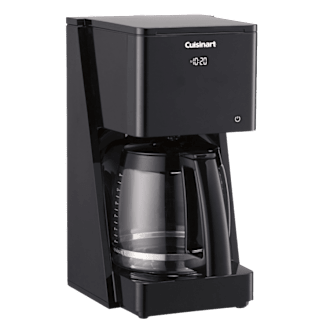
Drip Coffee Makers
With automatic drip machines, you fill a chamber with water, pour ground coffee into a filter basket or cone filter, and hit a switch to heat the water and let it drip through the grounds and into the pot. Some models have removable reservoirs, which can be easier to fill, and some feature built-in grinders for whole beans. Reusable filters eliminate the need to buy paper ones. Many drip models are programmable, so you can set them up the night before and wake up to a full pot.
Single-Serve Coffee Makers
These models heat water and push it through a small packet, pod, or capsule. Some accept an adapter that you can load with loose grounds. These models are convenient if you just want to make a single cup of coffee, and they require less cleanup than drip coffee makers. Pod machines tend to be more expensive to operate than other types because pods cost more than most ground coffee or whole beans. Spent plastic pods can wind up in landfills, although the manufacturers Keurig and Nespresso claim their pods are recyclable.
Cold Brew Coffee Makers
These devices use cold or room-temperature water to brew a smooth-tasting, concentrated coffee that you then dilute with water or milk. Manual models are simpler and brew either in your fridge or on your kitchen counter. Automatic models use a variety of methods to cut down brew time to between 4 and 45 minutes. But they do so by using warmer water (though not as hot as you’d use for drip coffee), which means the result is a little different from true cold-brew.
1- to 2-Mug Drip Coffee Makers
These models are designed to produce smaller quantities of coffee and brew your preferred beans, and they take up little counter space. Water from a reservoir is heated and drips over loose grounds, similar to a full-sized drip coffee maker. They can generally accommodate any cup that fits on top of the drip tray. Some models brew directly into an insulated travel mug that’s included with the machine.

Dual Coffee Makers
These machines give you more flexibility but will take up more counter space. They tend to have a full drip coffee maker on one side and a single-serve machine or espresso maker on the other. Some models can accommodate both Keurig K-Cups and Nespresso capsules. Fancier models come with a milk frother or steam wand to heat and aerate milk and create foam to top your coffee drinks.
Espresso Machines
A home espresso machine serves up barista-level drinks you’d find at a coffee shop. You pack finely ground beans into a portafilter, then the machine presses hot water through the grounds to dispense a shot or two at a time. We don’t formally test espresso machines in our labs, but we’ve evaluated several models outside the lab. Each has a steam wand for milk. Espresso machines tend to be expensive—the priciest one we tried cost more than $2,000—but budget models are available.
Photo: Consumer Reports Photo: Consumer Reports
Coffee Maker Features
Having certain coffee machine features can make a difference when it comes to ease of use and convenience. Others are simply nice to have.
- 1
- / 6
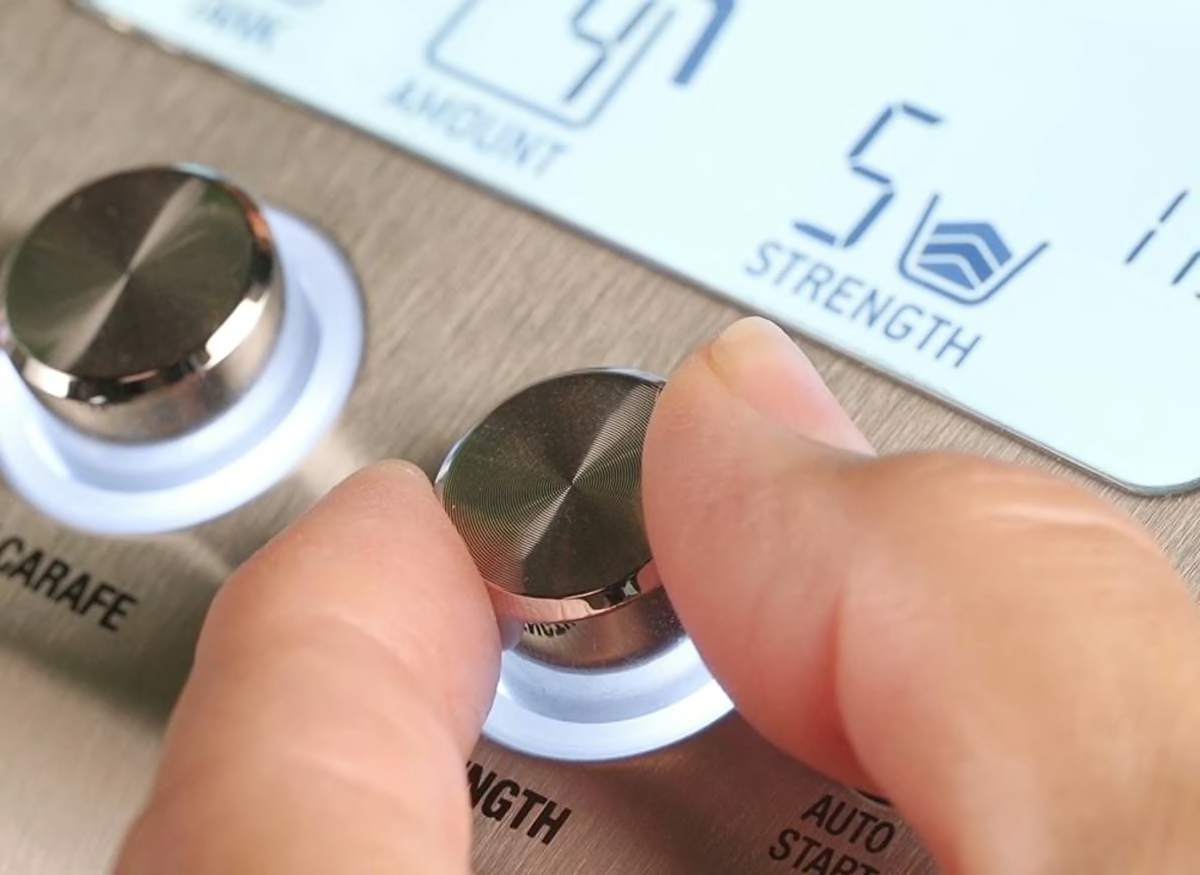
Brew-Strength Control
This changes the speed at which the water flows through the grounds to adjust the strength of the coffee. Longer contact between the water and the grounds means a stronger brew.
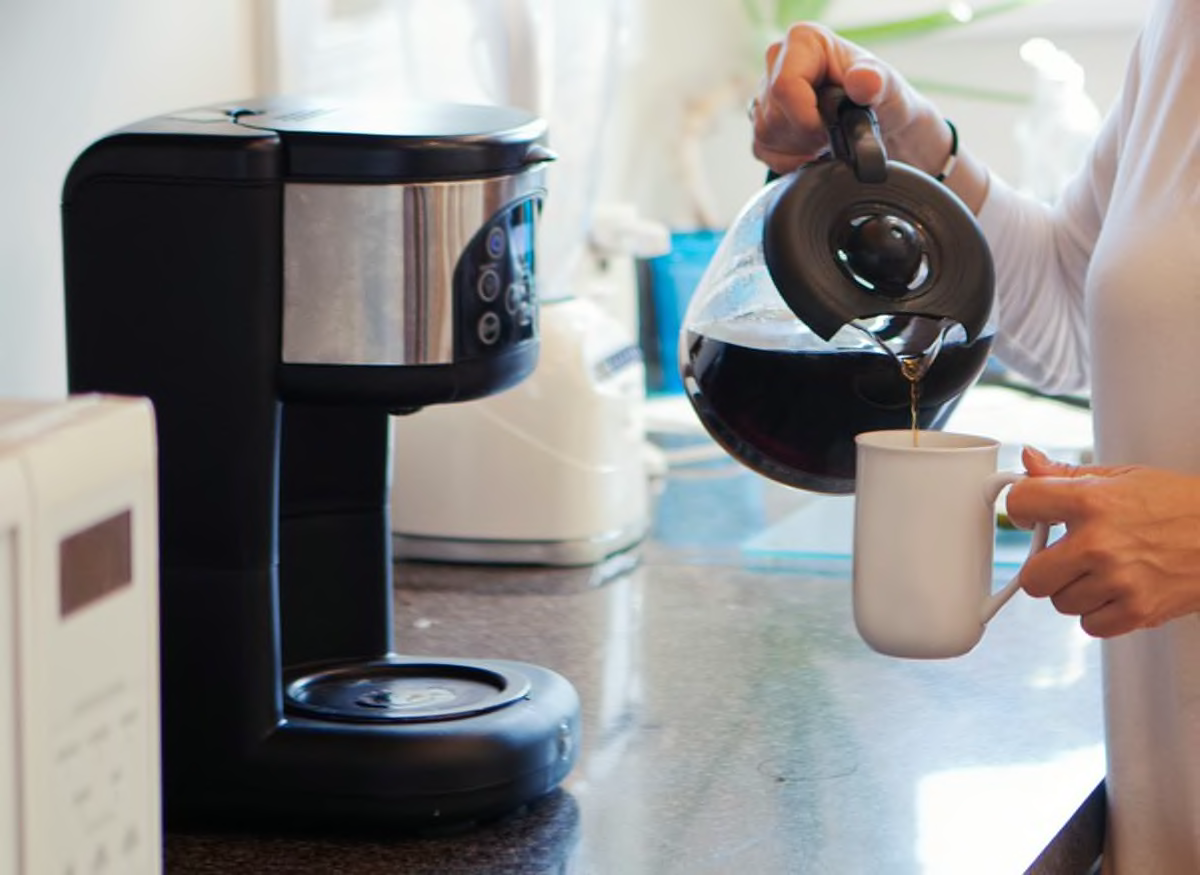
Pause and Serve
Most machines let you pull the carafe away during brewing to fill your cup without spilling coffee all over. But be aware that if you pour after only a cup or two has brewed, the coffee may be unpleasantly strong.
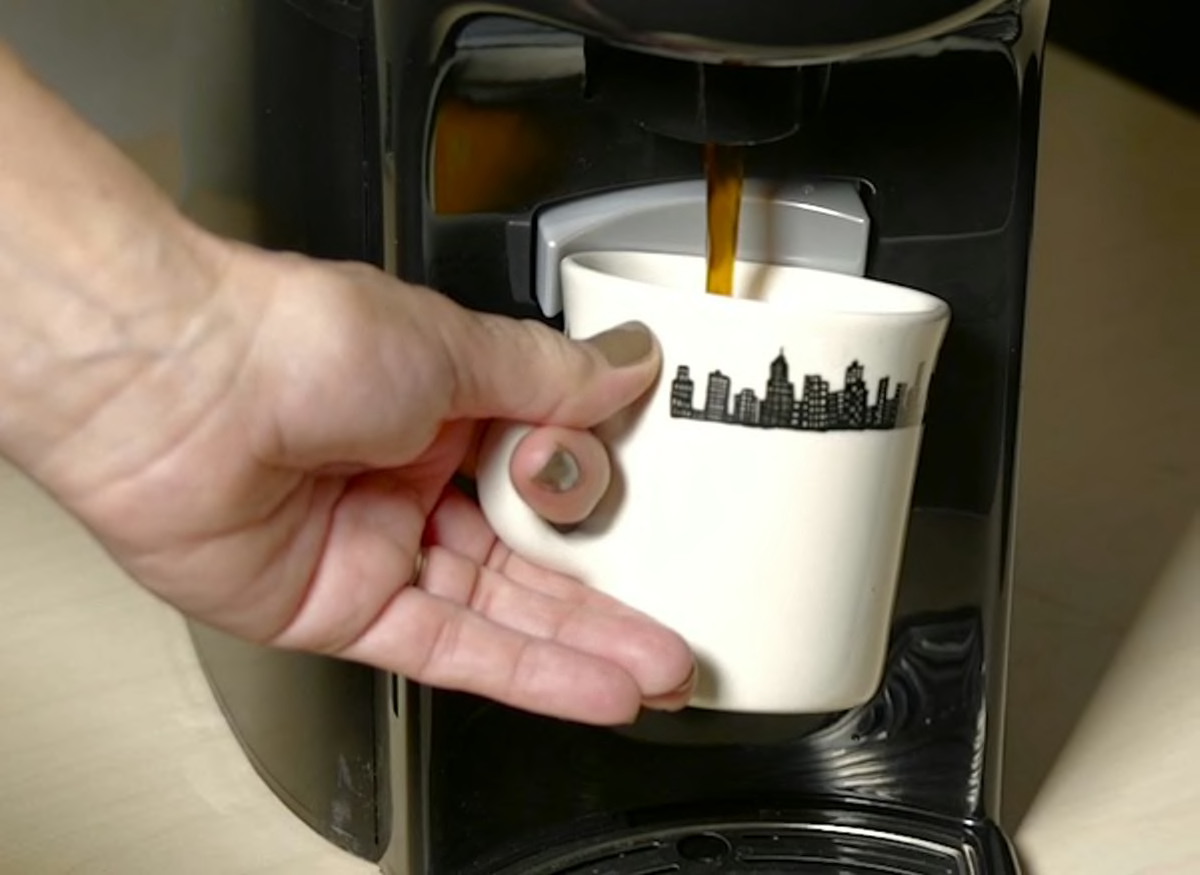
Self-Serve
These models hold the brewed coffee inside, as opposed to dispensing it into a carafe or mug. They keep the coffee hot and let you fill your cup right from the machine when you’re ready.
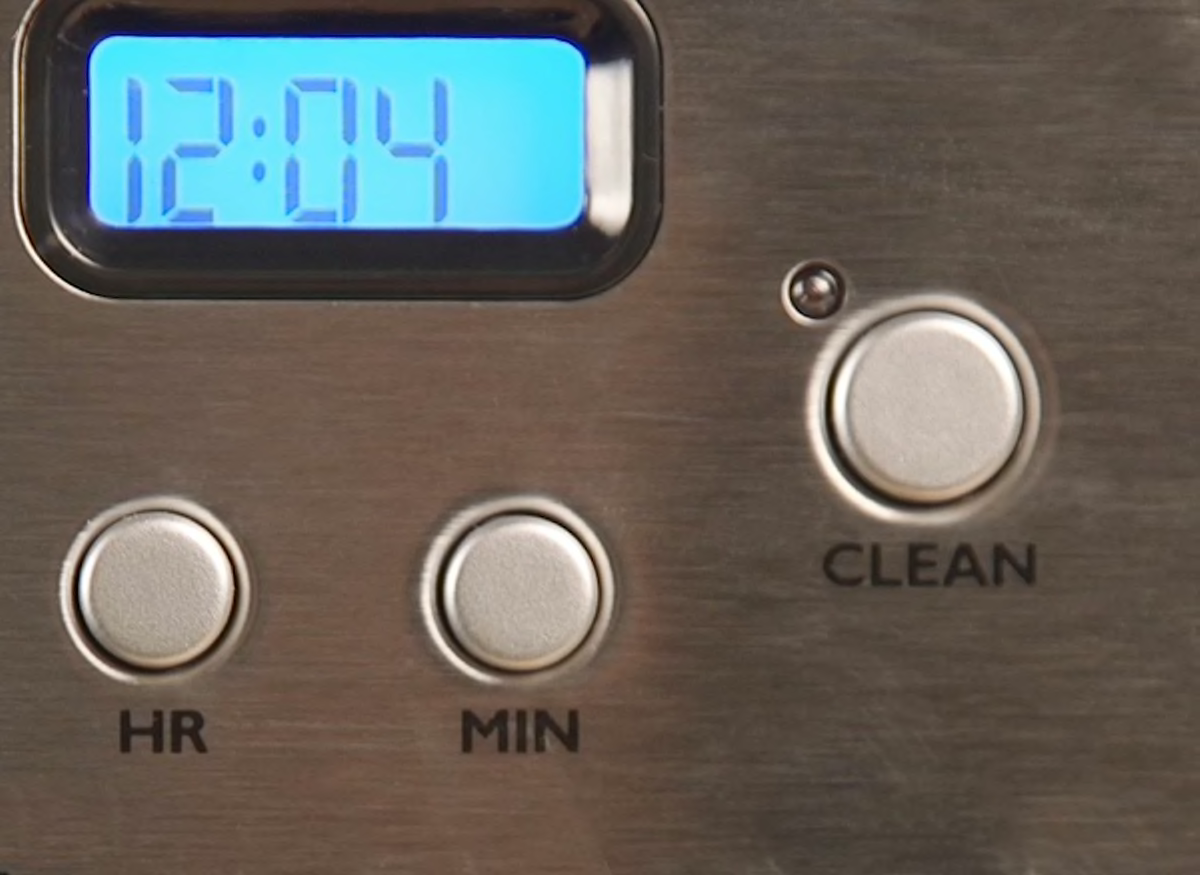
Cleaning Indicator and Cleaning Cycle
Many models feature an indicator light that lights up to signal that it’s time for a periodic cleaning. Some models have a dedicated cleaning cycle, which you use to descale your coffee maker using a mixture of vinegar and water or a commercial descaler such as Cleancaf. (See our guide on how to clean your coffee maker.)
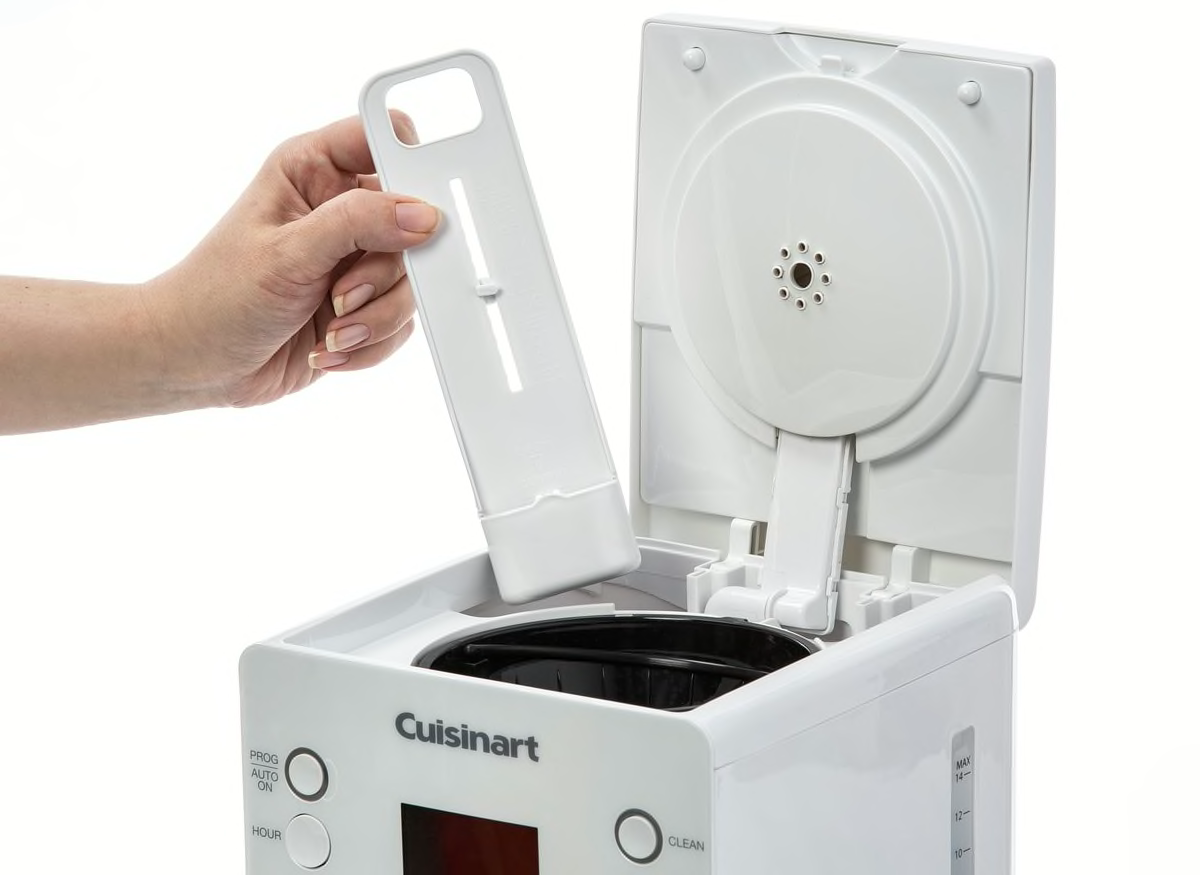
Water Filter
This is supposed to eliminate odors and odd-tasting coffee. But you’ll need to replace the filter after a specified number of brews to prevent bacteria buildup. If you’re worried about water quality, a whole-house or faucet-mounted filter might be a better choice, and it will open up more coffee maker options.
Built-In Grinder
If you like your coffee as fresh as possible but have limited counter space, this can be a handy feature. The downside is that some grind-and-brew machines can be difficult to use and clean. And if you aren’t happy with the machine’s built-in grinder, you may end up buying a separate grinder anyway.
Brew-Strength Control
This changes the speed at which the water flows through the grounds to adjust the strength of the coffee. Longer contact between the water and the grounds means a stronger brew.
Pause and Serve
Most machines let you pull the carafe away during brewing to fill your cup without spilling coffee all over. But be aware that if you pour after only a cup or two has brewed, the coffee may be unpleasantly strong.
Self-Serve
These models hold the brewed coffee inside, as opposed to dispensing it into a carafe or mug. They keep the coffee hot and let you fill your cup right from the machine when you’re ready.
Cleaning Indicator and Cleaning Cycle
Many models feature an indicator light that lights up to signal that it’s time for a periodic cleaning. Some models have a dedicated cleaning cycle, which you use to descale your coffee maker using a mixture of vinegar and water or a commercial descaler such as Cleancaf. (See our guide on how to clean your coffee maker.)
Water Filter
This is supposed to eliminate odors and odd-tasting coffee. But you’ll need to replace the filter after a specified number of brews to prevent bacteria buildup. If you’re worried about water quality, a whole-house or faucet-mounted filter might be a better choice, and it will open up more coffee maker options.
Built-In Grinder
If you like your coffee as fresh as possible but have limited counter space, this can be a handy feature. The downside is that some grind-and-brew machines can be difficult to use and clean. And if you aren’t happy with the machine’s built-in grinder, you may end up buying a separate grinder anyway.
















